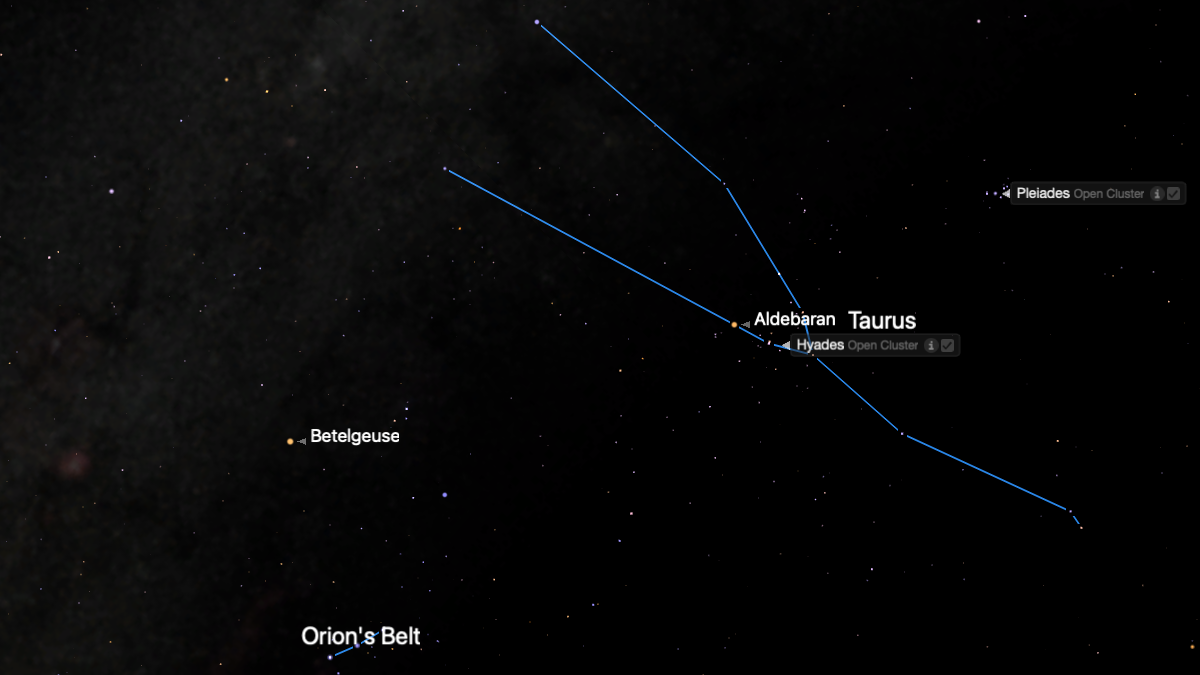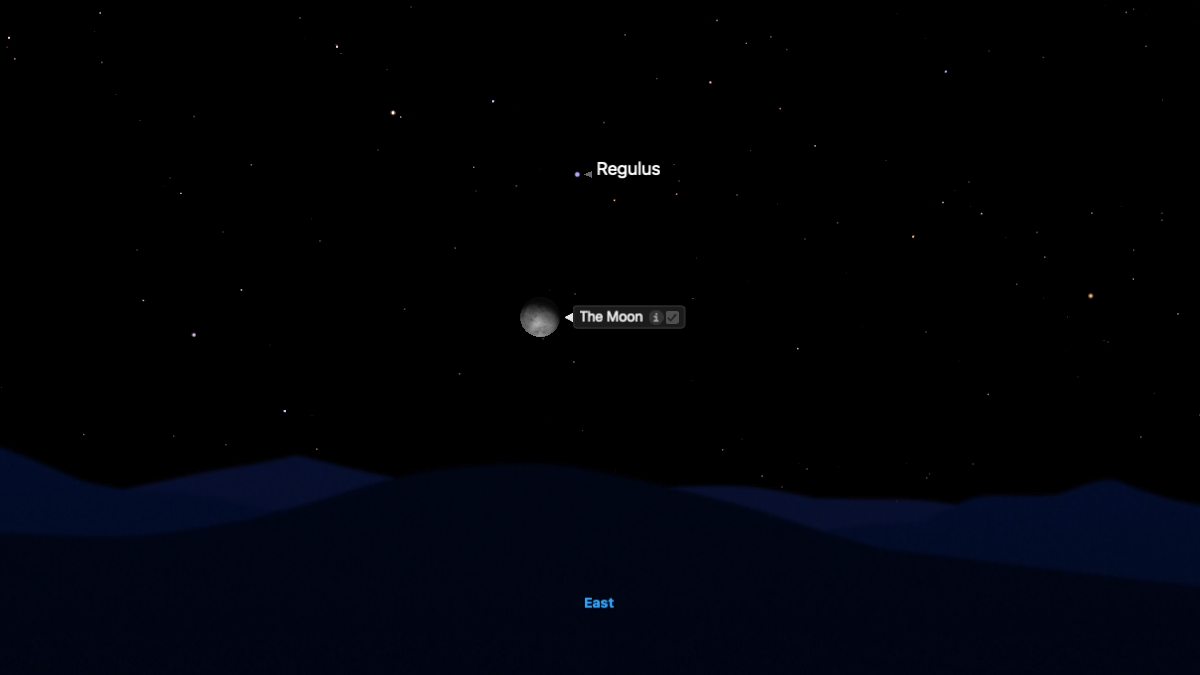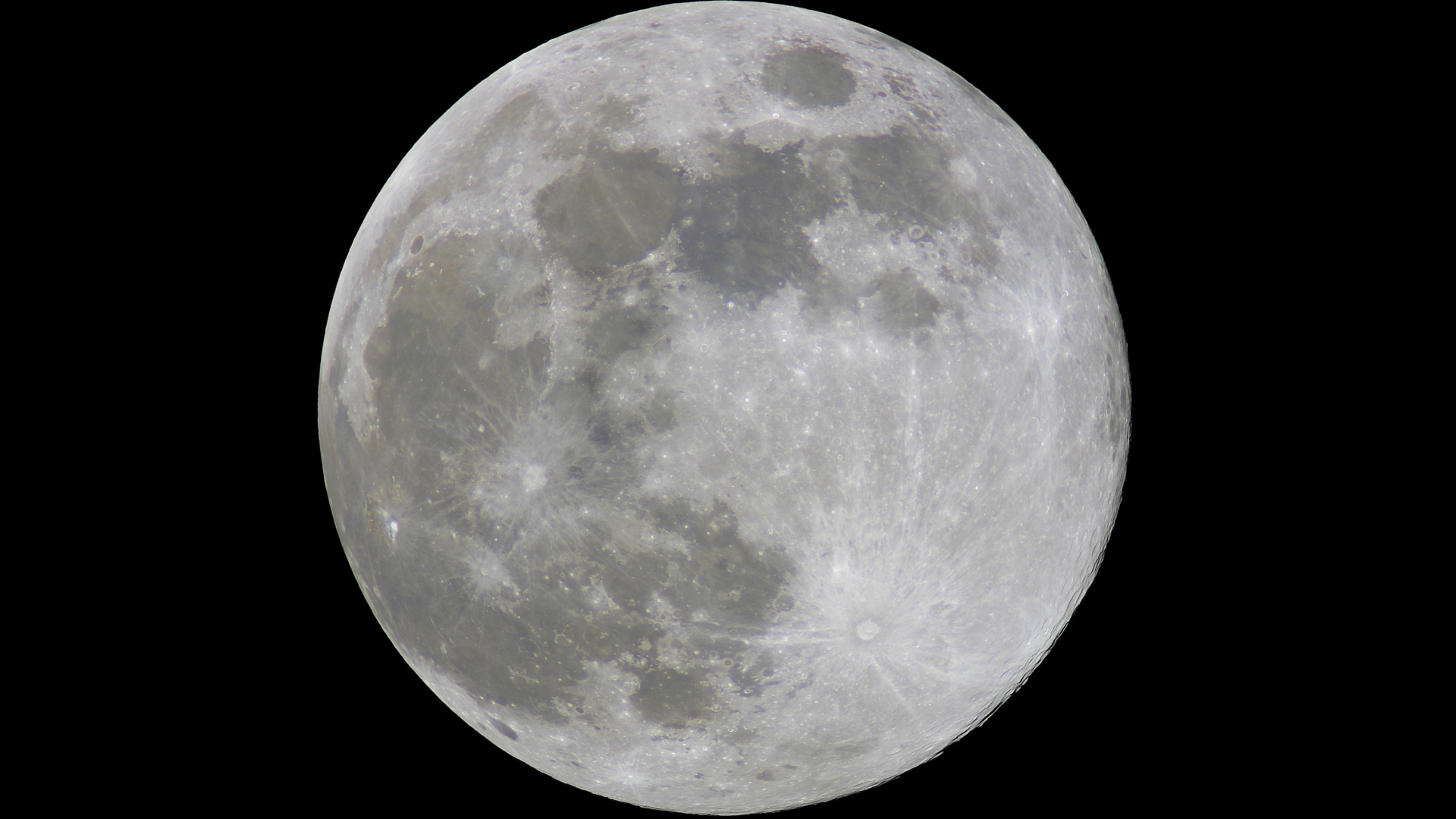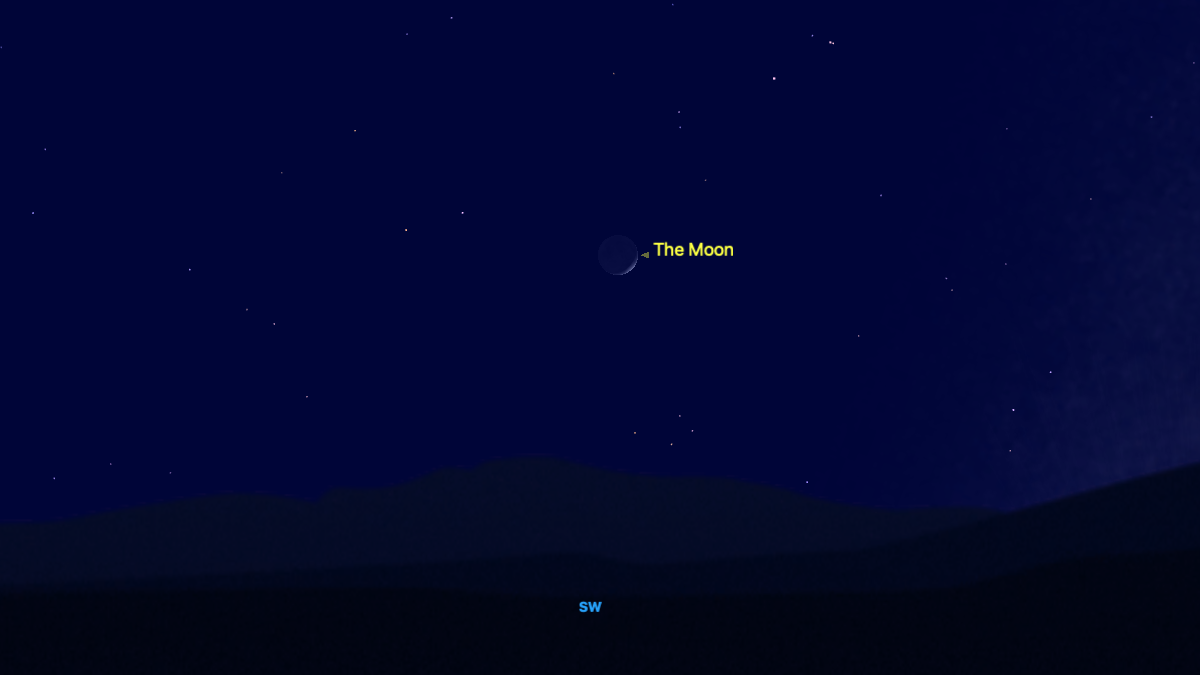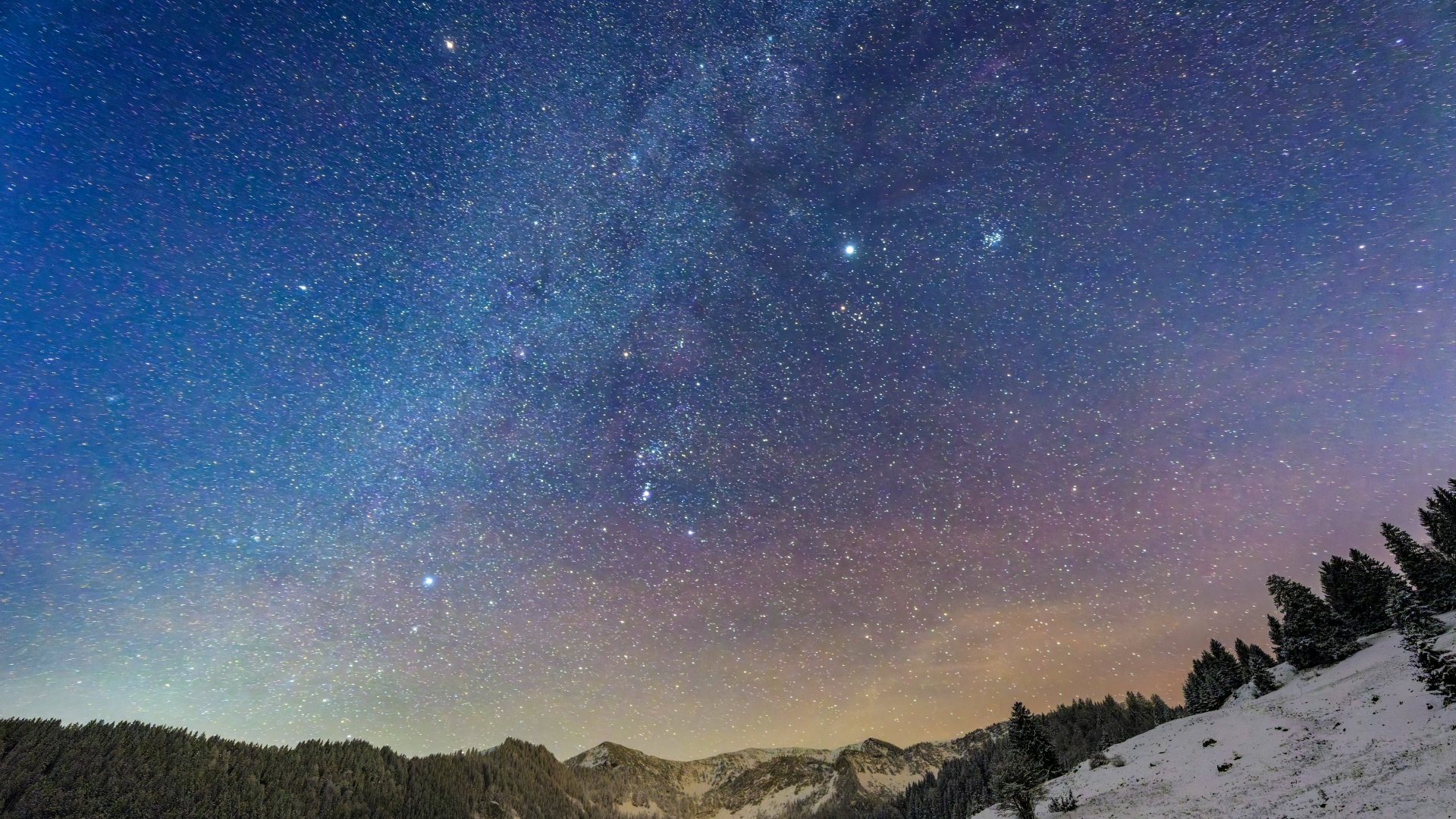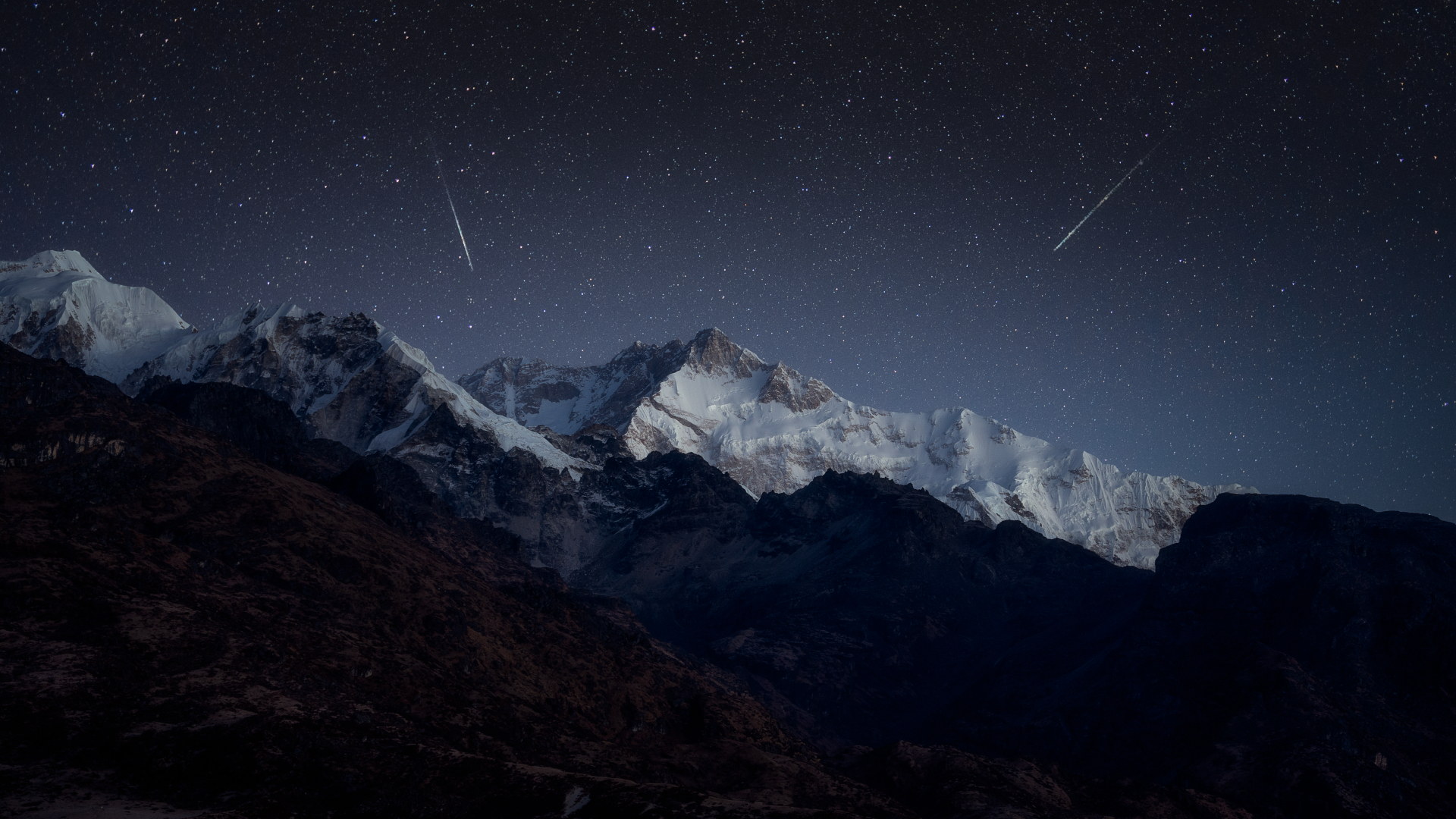Night sky tonight: Catch the red eye of Taurus shine in the winter sky on Jan. 7
The night sky is full of wonder. Here's what to look out for tonight.

There is so much to see in the night sky tonight, here's what you can look forward to.
A good telescope or pair of binoculars will help you see some of the night sky’s fainter objects. However, the unaided eye is enough to learn its stars and constellations, watch the moon, experience meteor showers and see satellites whizz across the night sky.
Read on to find out what you can see in the night sky tonight, from planetary meet-ups to the ever-changing moon phases, meteor showers and more. Want to look even further ahead? Check out our monthly night sky guide our brightest planets guide also tells you what planets are visible and when this month.
Track the ISS | Starlink satellite train | Moon viewing guide
Sign up for our skywatching newsletter "Night Sky This Week" to discover this week's must-see night sky events, moon phases, and stunning astrophotos.
Wednesday, Jan. 7: Taurus constellation and the “big V” (after dark)
After dark, face southeast to meet the ancient constellation Taurus, the Bull. Start with the bright orange star Aldebaran, marking the Bull's fiery eye. Surrounding it is a distinctive "V" formation of stars — the Hyades open cluster — outlining the Bull's face. This shape is one of the easiest star patterns to learn and once you recognize it, you'll see it every clear winter night. Aldebaran itself lies in front of the Hyades, like a glowing eye superimposed on the Bull's head. Take a few minutes to trace the V, taking account of what's nearby — the Pleiades (above) and Orion's Belt (below). — Jamie Carter
Tuesday, Jan. 6: Waning gibbous moon and Regulus (after dark)
Look to the east roughly two hours before midnight tonight to see a bright waning gibbous moon, now 82%-illuminated, rise with a prominent speck of starlight ahead of it. That bright point represents the gargantuan star Regulus, the "heart" of the great lion represented in the constellation Leo.
Regulus shines about six degrees ahead of the moon after dark for most of North America. Earlier in the day, at about 10:19 a.m. EST (15:20 GMT) on Jan. 6, the moon passed just half a degree from Regulus — about the diameter of the moon — while it was below the horizon for North American observers. As the night wears on, the pair will arc high into the southern sky.
In behind-the-scenes news from the solar system, Venus reaches superior conjunction today, as its orbit carries it past the far side of the sun relative to Earth, rendering it lost in the glare of our parent star. — Jamie Carter
Monday, Jan. 5: Winter and Summer Triangles (after dark)
Step outside after dark to find two great stellar triangles that help mark the changing of the seasons in the Northern Hemisphere. First, look west to find the fading Summer Triangle, with bright Vega high in the west, Deneb to its lower left and Altair lower toward the horizon. It will soon be gone until August.
The Winter Triangle, meanwhile, can be found rising in the east, made up of the red star Betelgeuse in the constellation Orion, the brilliant Sirius below in Canis Major, and Procyon in Canis Minor. The hazy band of the Milky Way runs through both triangles. Watching the Summer Triangle sink as the Winter Triangle ascends is a simple way to track Earth's journey around the sun. — Jamie Carter
Night sky for tonight and the weekend
Friday, Jan. 2: A late afternoon moon (before sunset)
During the week of the full moon, it's possible to see it long before sunset. Look to the east an hour before the sun goes down, and you'll see a 99%-illuminated waxing gibbous moon in daylight, which will quickly brighten into an impressive yellowish orb after sunset as dusk kicks in. — Jamie Carter
Saturday, Jan. 3: Full 'Wolf Moon' on Perihelion Day (after dark)
The moon reaches its full phase at 5:03 EST (1003 GMT) this morning. Saturday night is a great opportunity to watch the first full moon of the year dominate the evening sky as it rises in the west between Jupiter and bright star Pollux. The full "Wolf Moon" comes on the same day as Earth reaches its perihelion (closest point) to the sun. It's a reminder that the Northern Hemisphere is experiencing winter because it's currently tilting away from it, not because of Earth's distance from the sun. — Jamie Carter
Sunday, Jan. 4: Quadrantid meteor shower peaks (early hours)
With a bright moon just past full dominating the night sky, the Quadrantid meteor shower isn't expected to be anything special this year. However, with up to 120 shooting stars per hour possible, it's a good time to wrap up warm and go stargazing for an hour — you may spot one if you keep the bright moon behind you and out of your line of peripheral vision. Quadrantids are caused by dust and debris left in the inner solar system by an object called 2003 EH1, an asteroid with comet-like origins. Quadrantids appear to radiate from the constellation Boötes, while the shower's odd name comes from a now defunct constellation, Quadrans Muralis. — Jamie Carter
Wednesday, Dec. 31: Moon closest to the Pleiades (after dark)
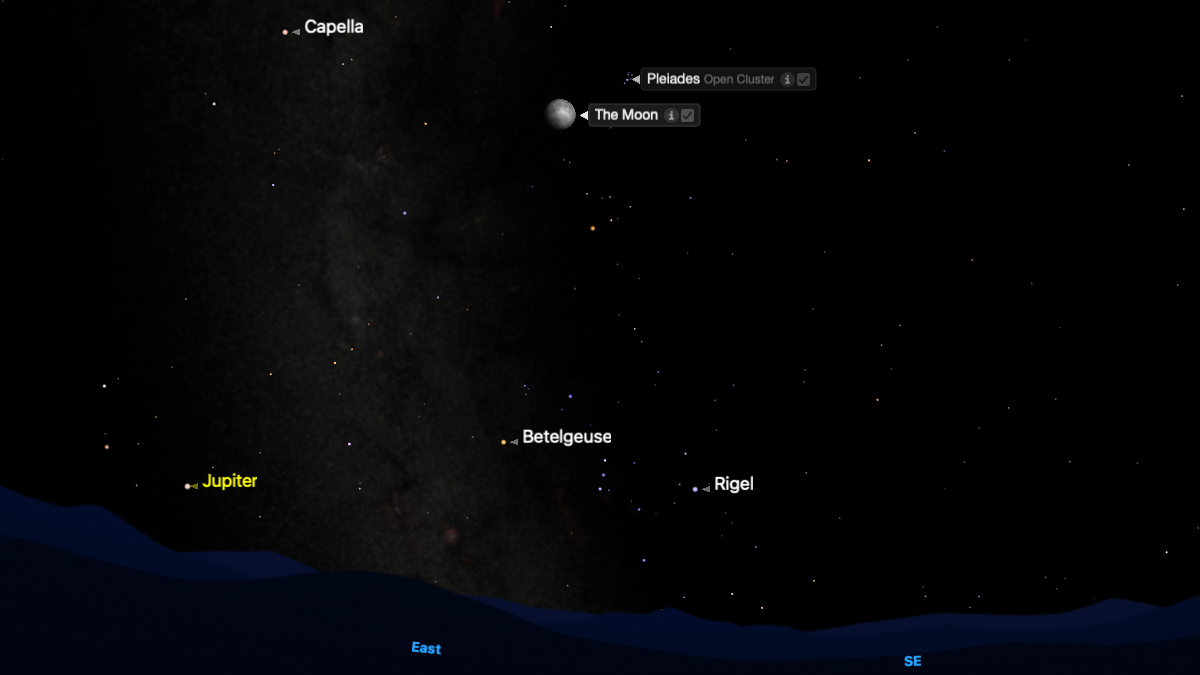
A 99%-illuminated full moon slides alongside the Pleiades tonight in the constellation Taurus, starting around 8:45 p.m. EST.
For observers in North America, the moon will get to within a degree of the individual stars in the cluster.
The view of a full moon surrounded by the tiny glimmer of the Pleiades is worth seeing, despite the strong moonlight.
— Jamie Carter
Tuesday, Dec. 30: Moon approaches the Pleiades (after dark)
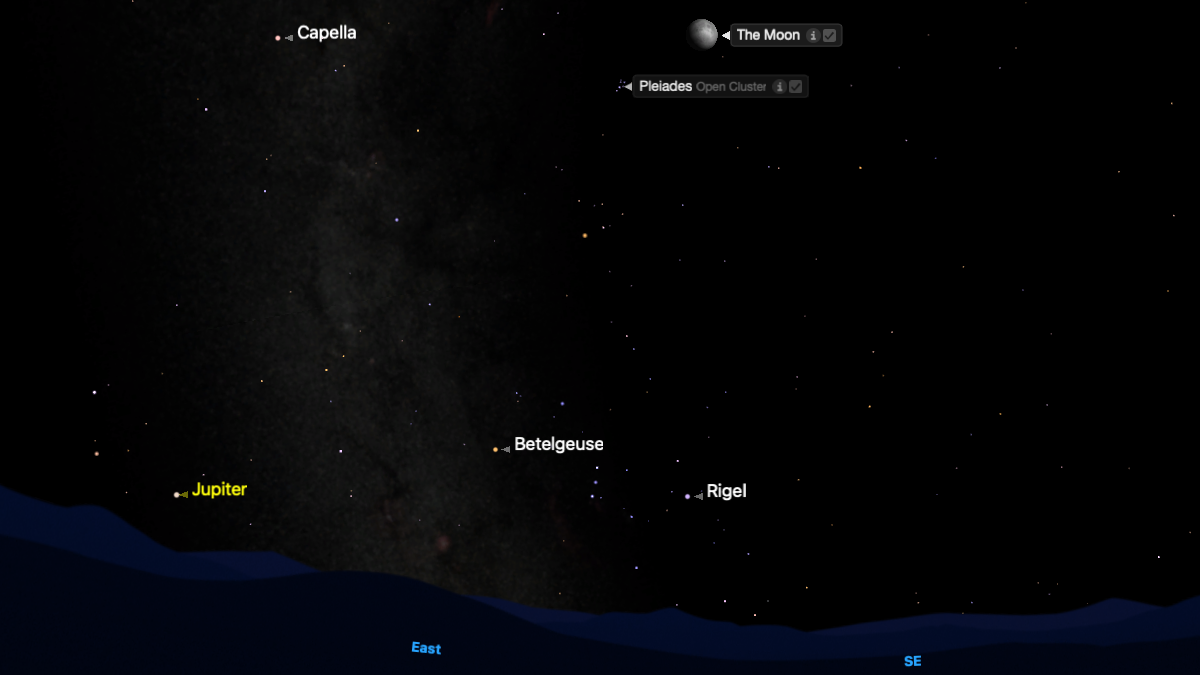
The 83%-illuminated waxing gibbous moon approaches the Pleiades (M45), one of the jewels of the winter night sky. One of the closest — and surely the most impressive — open clusters to the solar system, its seven bright stars (though most people can only see six) lend it the name "Seven Sisters."
The duo will be easily visible together in the eastern night sky.
— Jamie Carter
Monday, Dec. 29: Ursa Minor constellation (after dark)

Ursa Major, "The Great Bear — and its chief shape, the Big Dipper — gets a lot of attention, but what about its sidekick?
With Ursa Minor hidden in the haze of the horizon at this time of year, it's the best time to look for Ursa Minor, "The Little Dipper," due north. Its main bright star is Polaris, the North Star, one of seven stars that, with Kochab in the bowl, are the next brightest. — Jamie Carter
Friday, Dec. 26: Moon with Saturn (after dark)
At dusk, the 41%-illuminated waxing crescent moon appears less than three degrees from Saturn high in the south, with bright star Fomalhaut below, in the constellations Pisces. The contrasting colors — Saturn's golden light and the moon's brightening silver — make an easy naked-eye pairing.
— Jamie Carter

Wednesday, Dec. 24: A crescent moon — and space reindeer? (after dark)
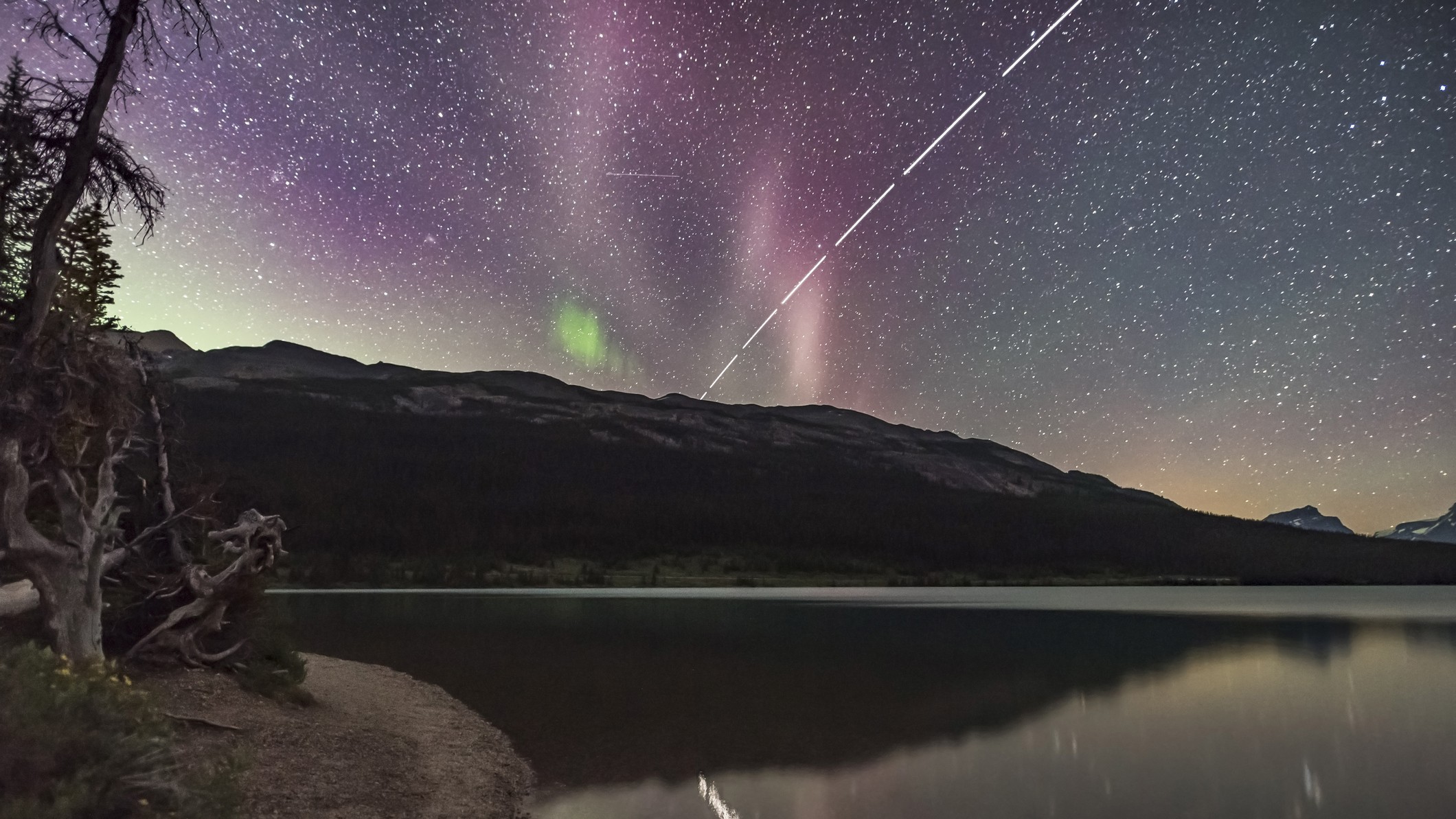
A lovely 21%-illuminated waxing crescent moon will be visible on Christmas Eve, shining in the southwest after dark against the stars of Aquarius. For a bonus festive sight, check NASA's Spot The Station for any scheduled flybys of the International Space Station, which is now just past its 25th birthday. It appears as a surprisingly bright, steady light gliding silently across the sky in a few minutes … and could easily be mistaken for Santa's sleigh being pulled by reindeer. — Jamie Carter
Tuesday, Dec. 23: Crescent moon and Earthshine (after sunset)

A 14%-illuminated waxing crescent moon will hang low in the southwest tonight, soon after sunset, still in Capricorn, with bright star Fomalhaut to its left side. It will remain in the night sky for a little longer tonight. — Jamie Carter
Monday, Dec. 22: Crescent moon and Earthshine (after sunset)
Look to the southwest just after sunset, and you'll see a 7%-illuminated waxing crescent moon shining in front of the stars of the constellation Capricorn. Look out for Earthshine on its night side. — Jamie Carter
Night sky for tonight and the weekend
Friday, Dec. 19: New moon and the winter Milky Way (after dark)
The moon turns new at 8:43 p.m. EST on Dec. 19 (0143 a.m. GMT on Dec. 20), giving stargazers the darkest skies of the month. Astrophotographers often obsess about the Milky Way's bright core, which is at its most visible during the summer months from the northern hemisphere, but the winter Milky Way — looking away from its center — is almost as impressive. From rural locations, the Milky Way faintly arcs from Cassiopeia to Orion, providing a stunning reminder of the vast galaxy that we inhabit. — Jamie Carter
Saturday, Dec. 20: Jupiter as the 'Christmas Star' (after sunset)
Was Jupiter the 'Christmas Star'? According to the Bible, a star appeared in the sky at the time of the birth of Jesus Christ in Jerusalem, causing a group of wise men to "follow yonder star" to worship him. Was it a planet? The source of this Christmas legend is unclear. The 17th-century German astronomer Johannes Kepler — he who laid down the laws of planetary motion — pondered whether it may have been a very close conjunction of Saturn and Jupiter in the year 7 BC. Tonight, Jupiter alone makes a play for the title, shining at magnitude -2.6 as it appears in the east about 90 minutes after sunset and remains visible for the rest of the night. It will shine alongside the two brightest stars in the constellation Gemini, Castor and Pollux. — Jamie Carter
Sunday, Dec. 21: Young moon on the solstice as Ursids peak (after dark)
Winter begins in the Northern Hemisphere at 10:03 a.m. EST (1503 GMT). Hours later, a 4%-illuminated waxing crescent moon will be visible in the southwest, just after sunset. It will set soon after, leaving the night sky dark for the peak of the Ursid meteor shower. Expect about 10 shooting stars per hour, which come from dust and debris left in the inner solar system by comet 8P/Tuttle. Meteors will appear to radiate from between the Big Dipper and the Little Dipper in the northern sky. — Jamie Carter
Thursday, Dec. 18: Orion’s Sword (after dark)
Anytime after dark is great for looking more closely at one of the jewels of the winter night sky. Look below Orion's Belt — which will be visible in the southeast after sunset — for a short vertical line of faint stars known to astronomers as Orion's Sword.
A soft haze of light may be visible surrounding the middle star. This is the Orion Nebula (M42), the closest large star-forming region to the solar system, which orbits within the Milky Way at just 1,500 light-years from Earth. — Jamie Carter
You must confirm your public display name before commenting
Please logout and then login again, you will then be prompted to enter your display name.
